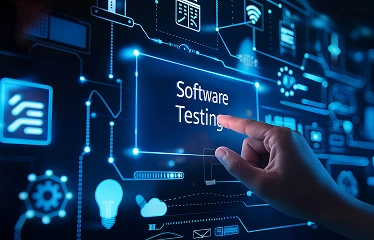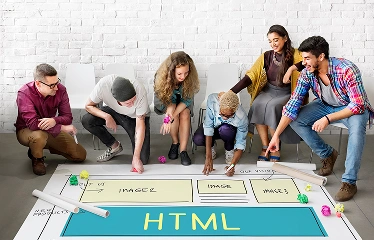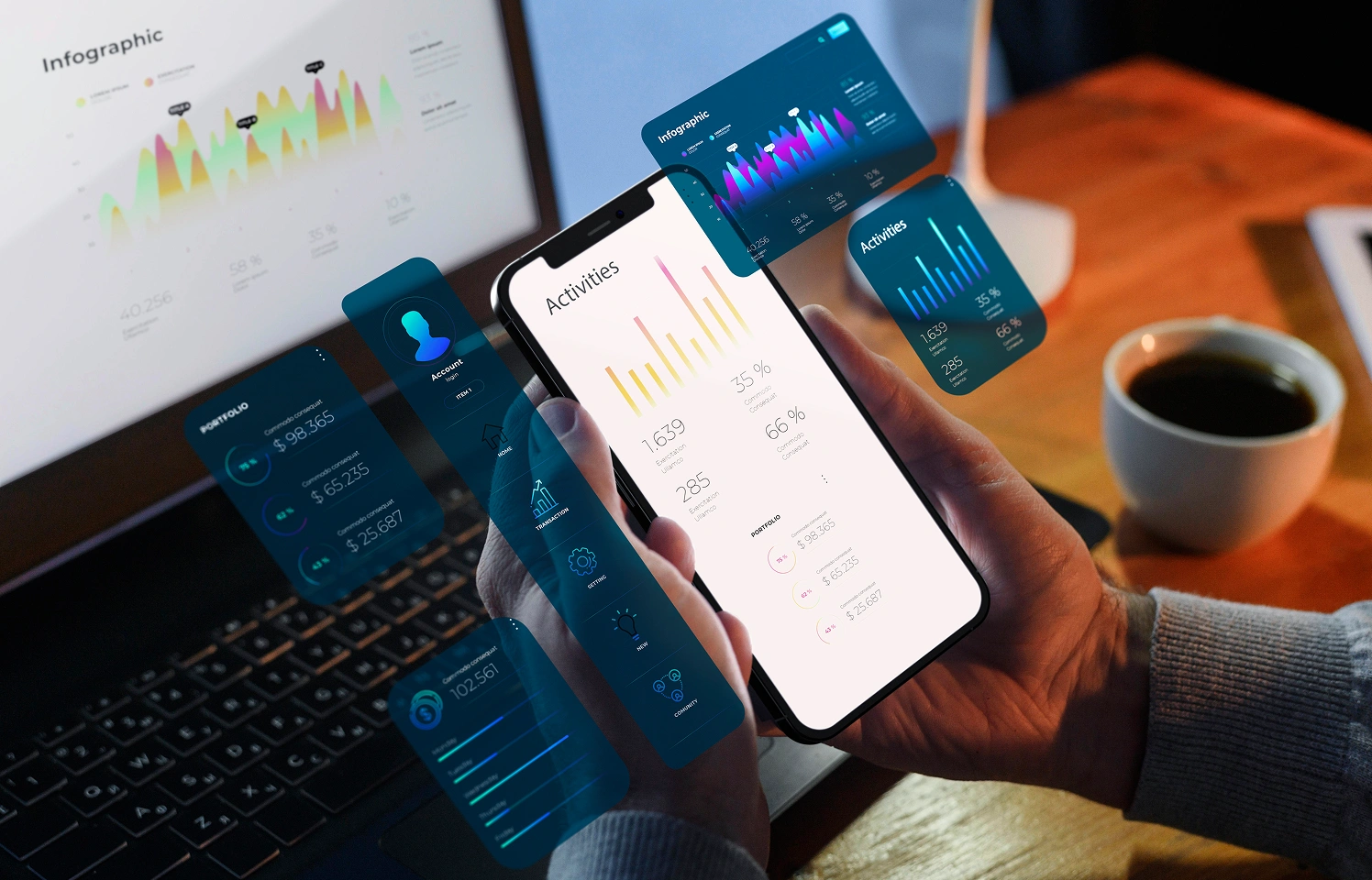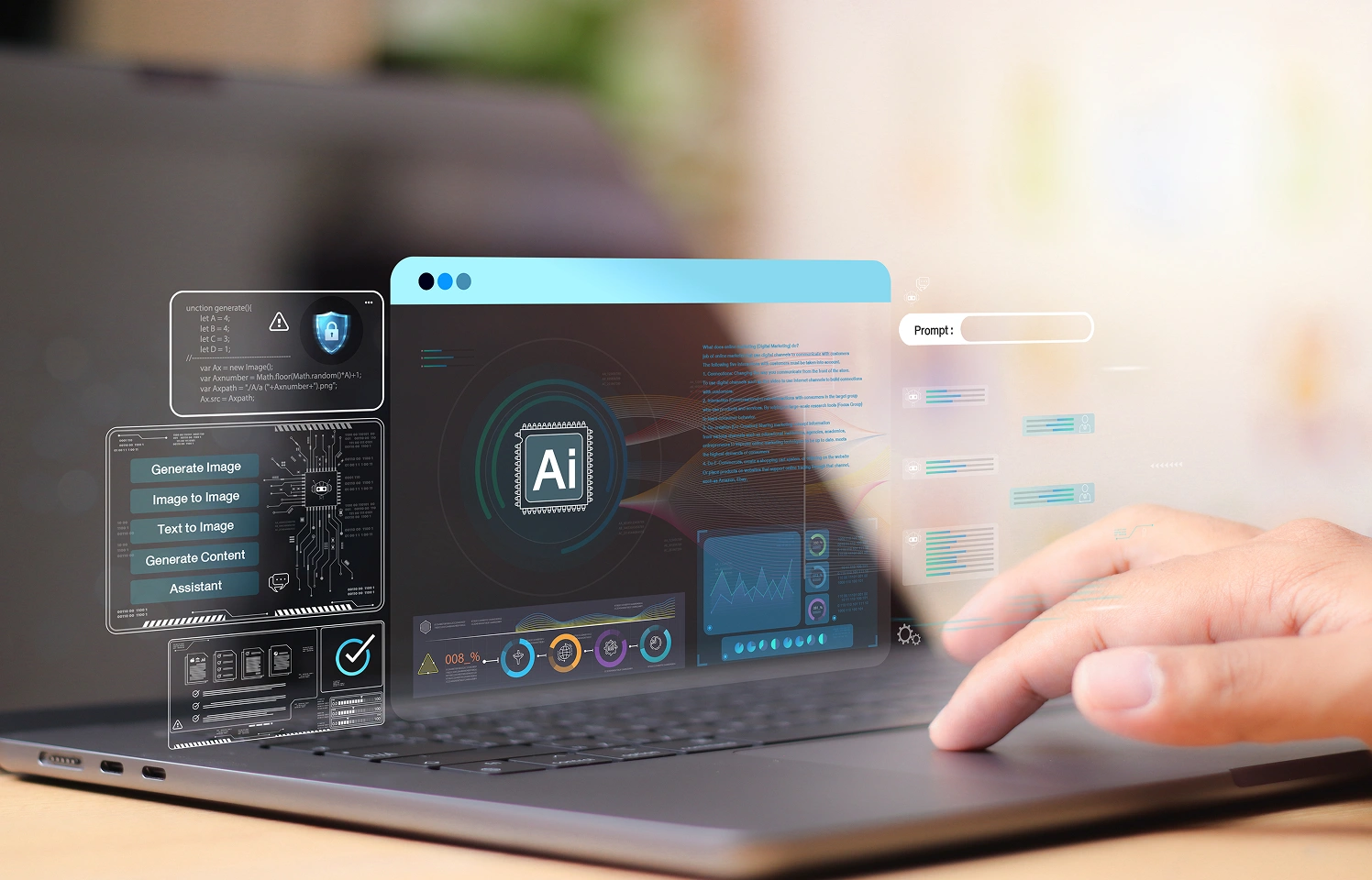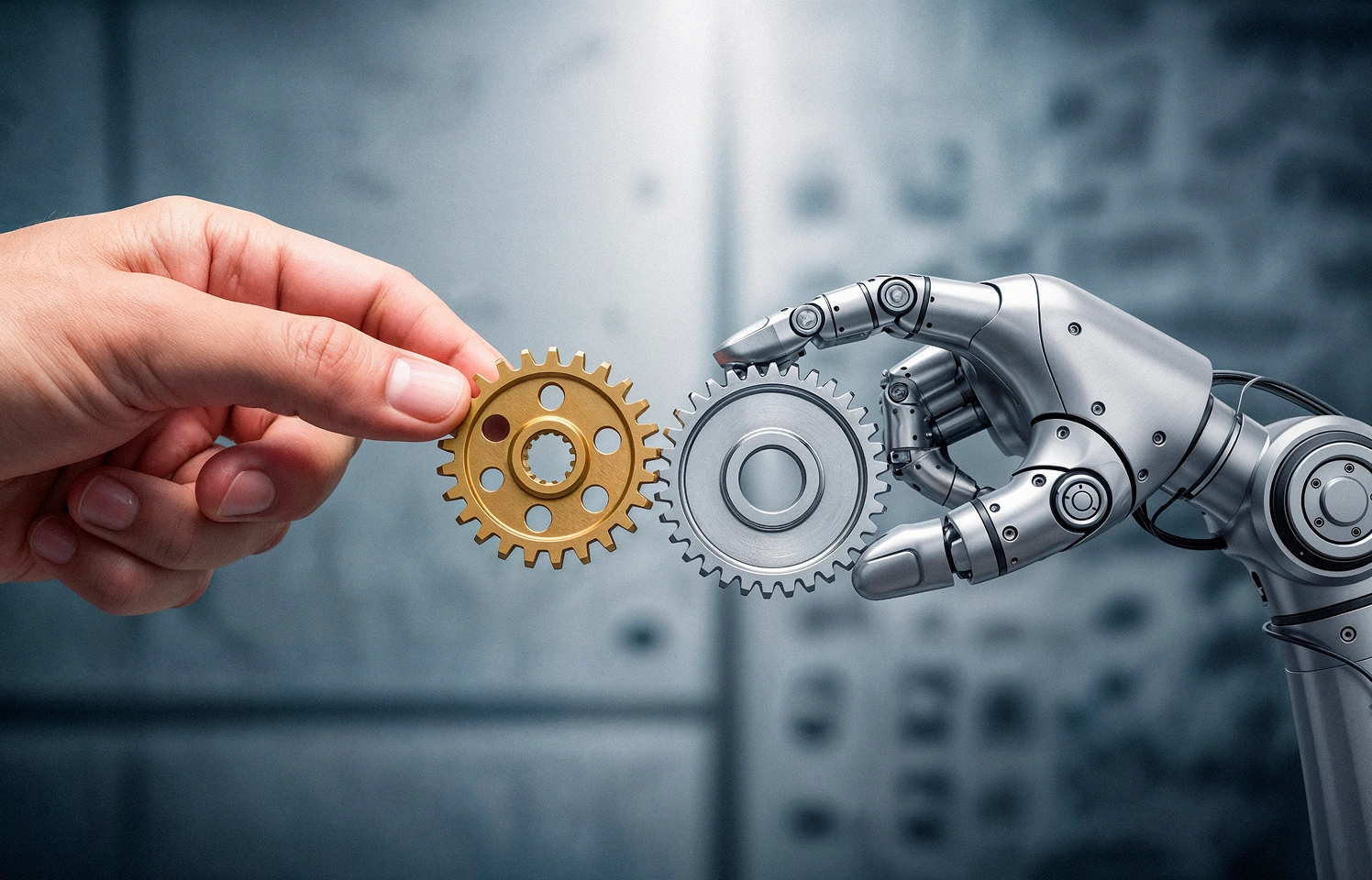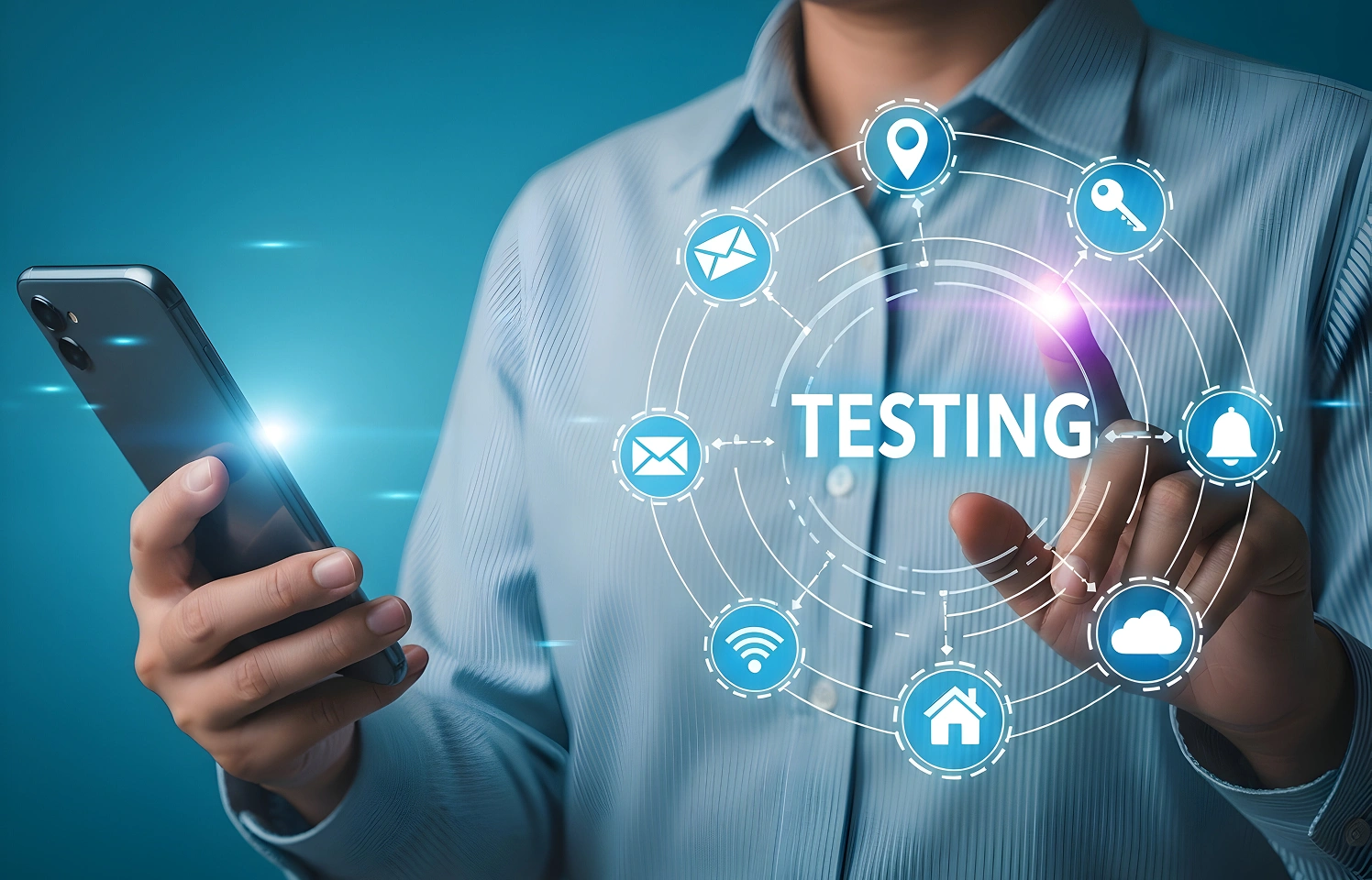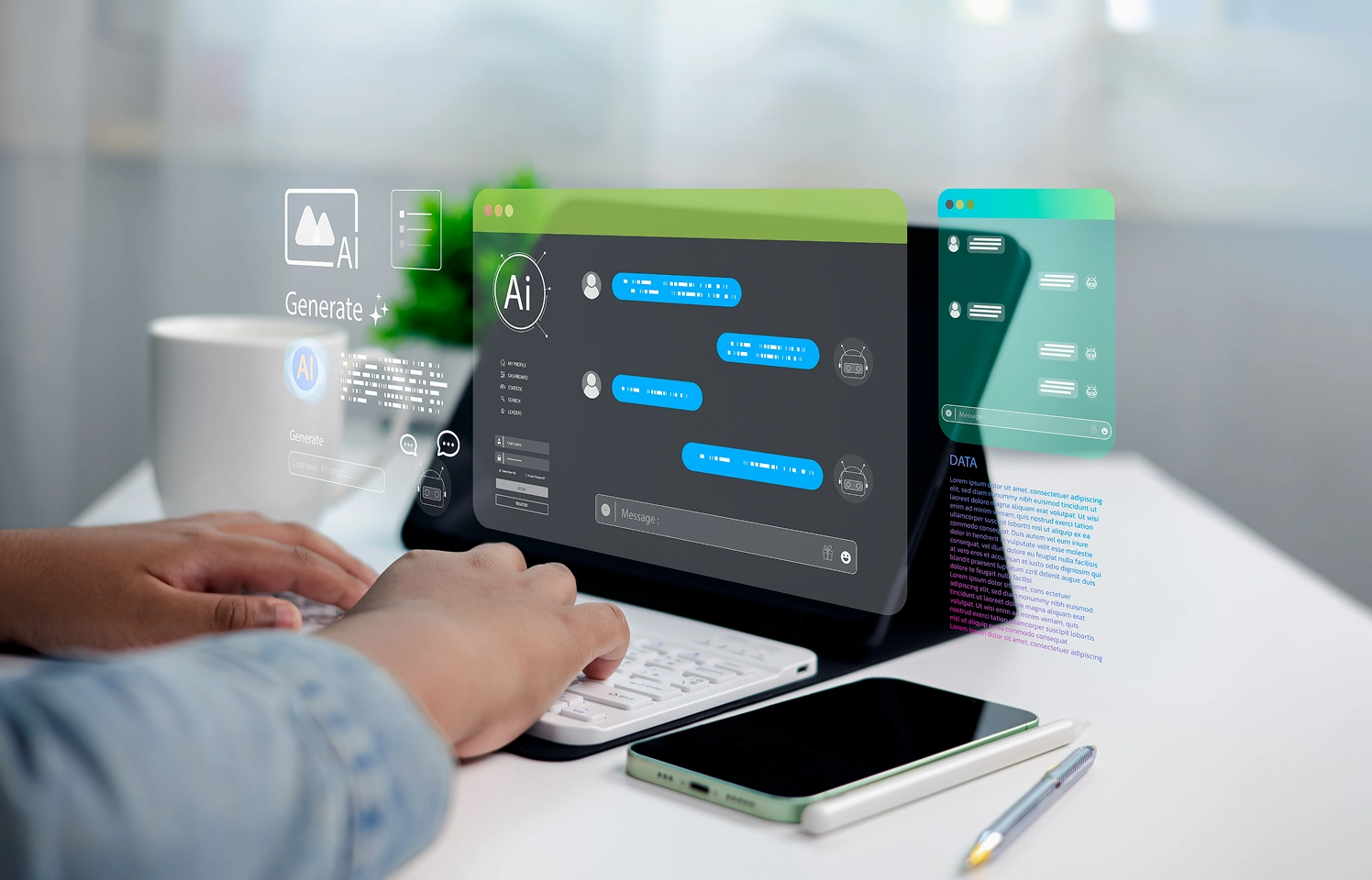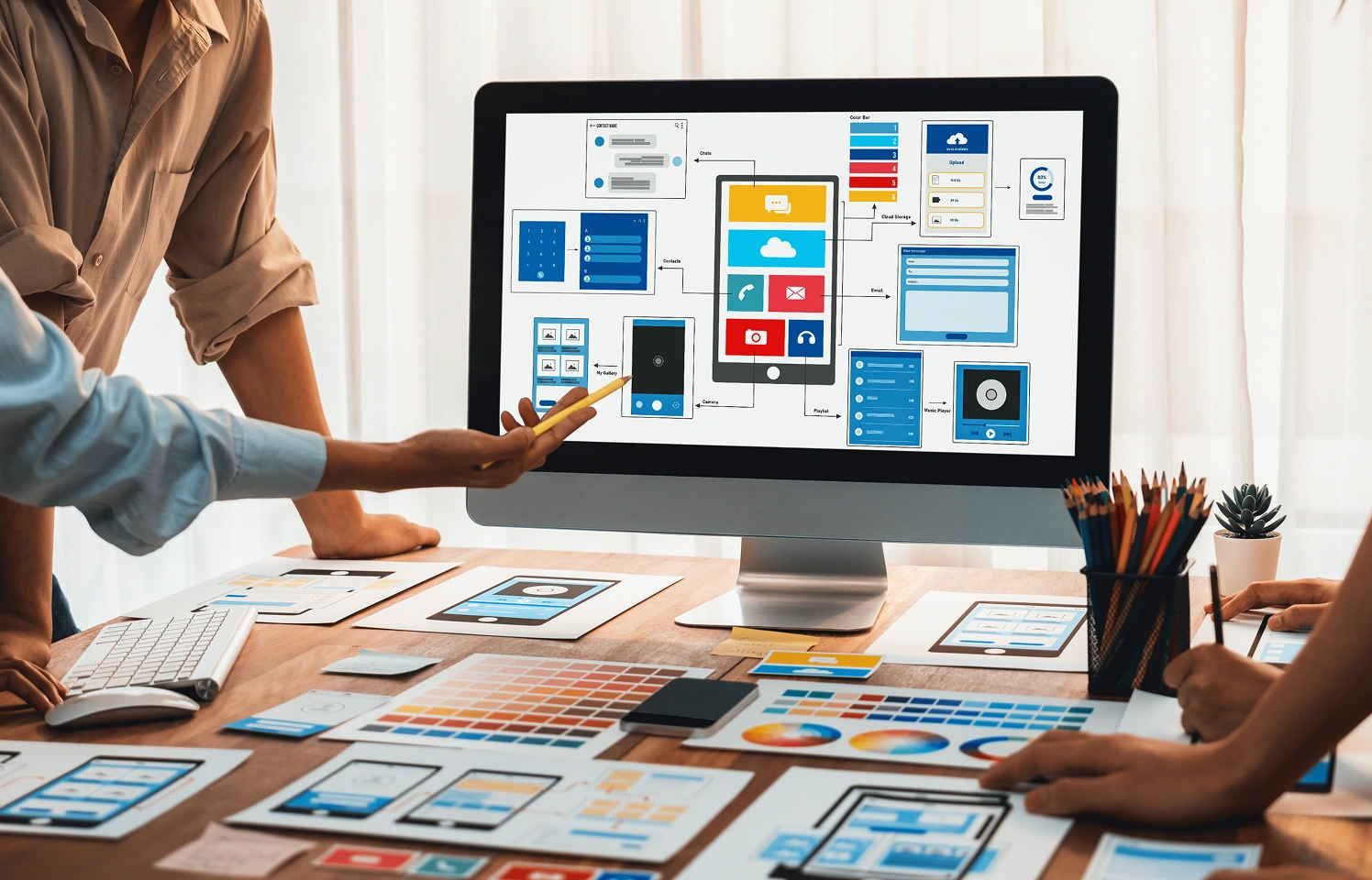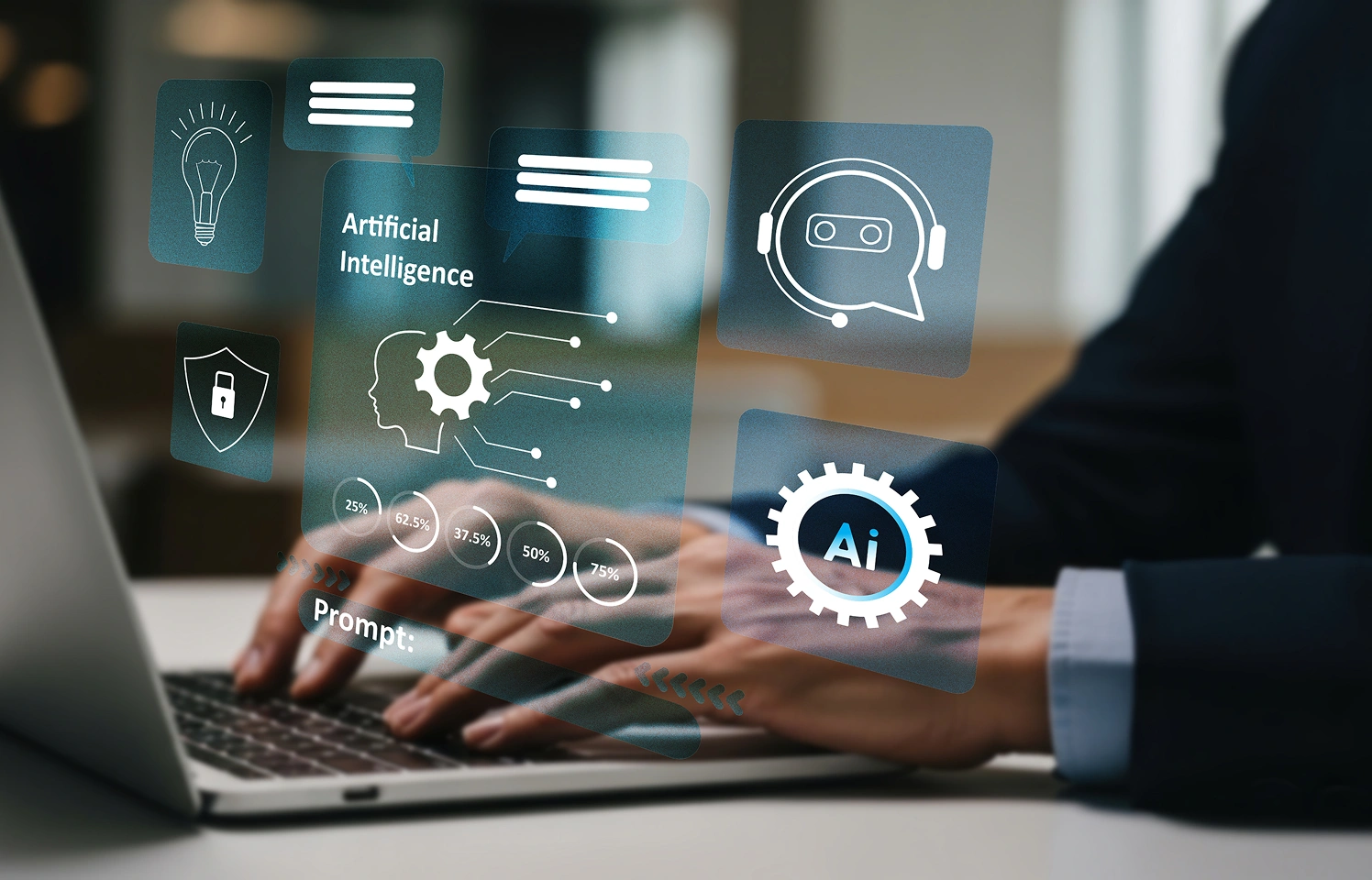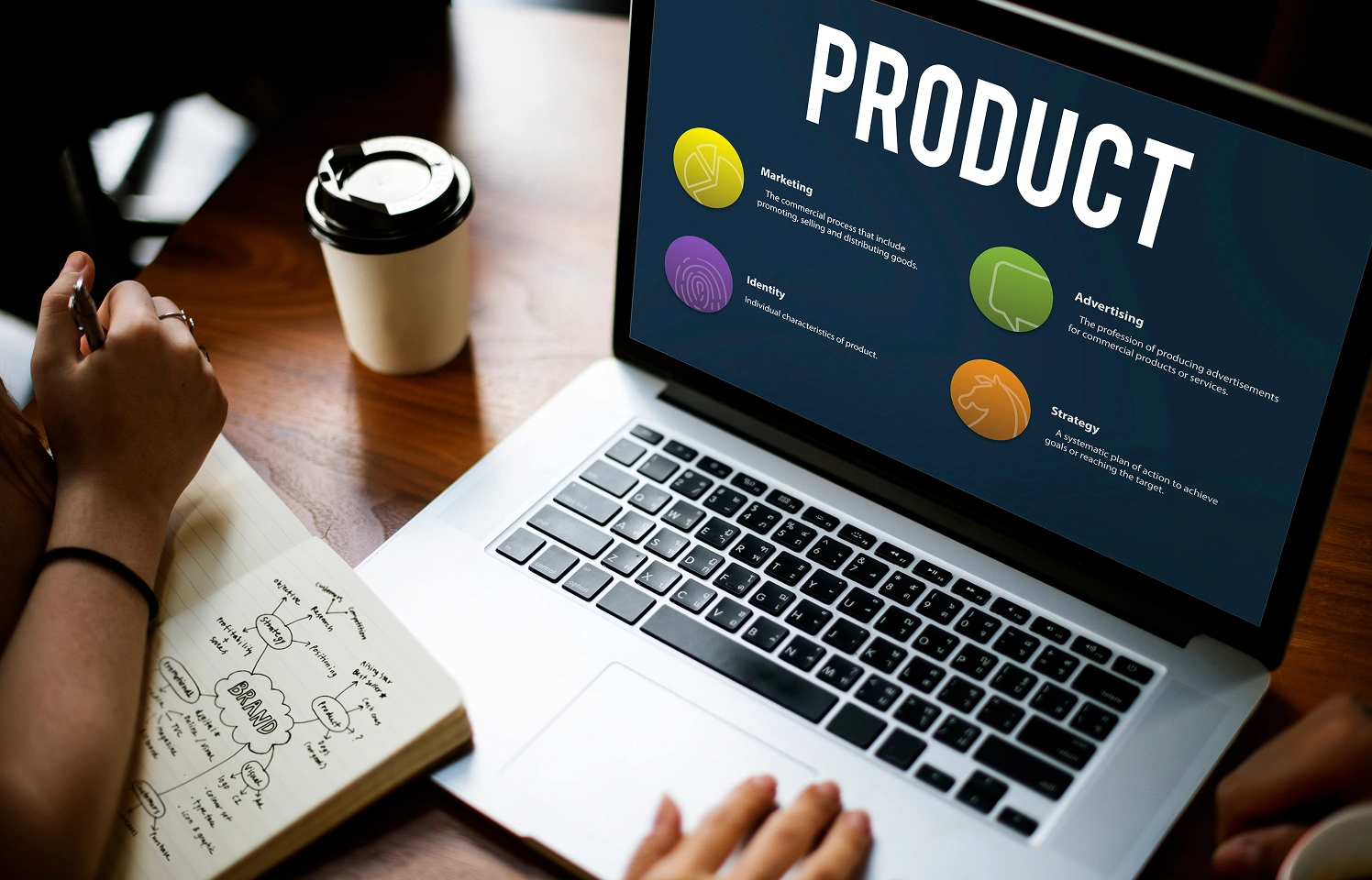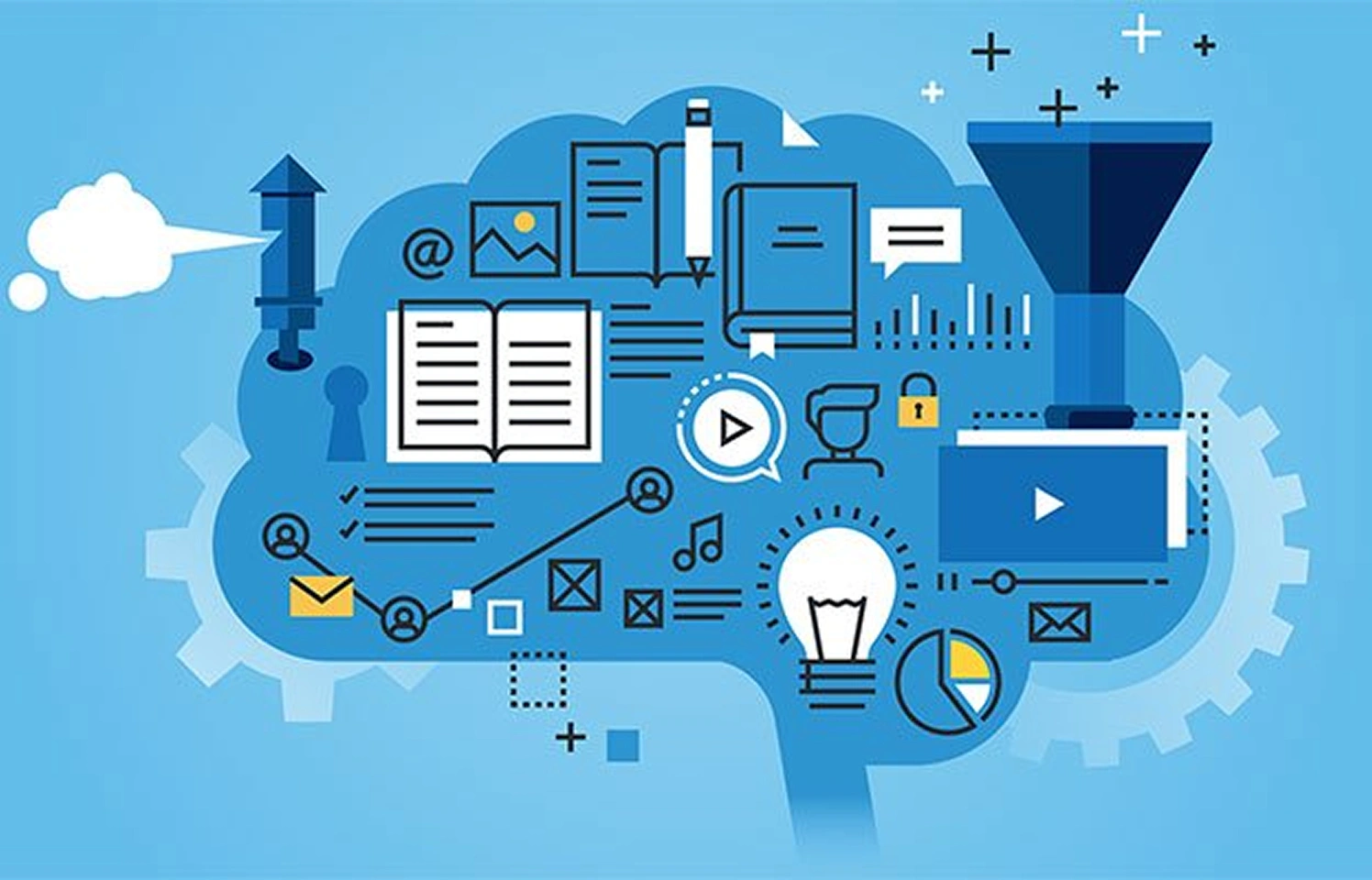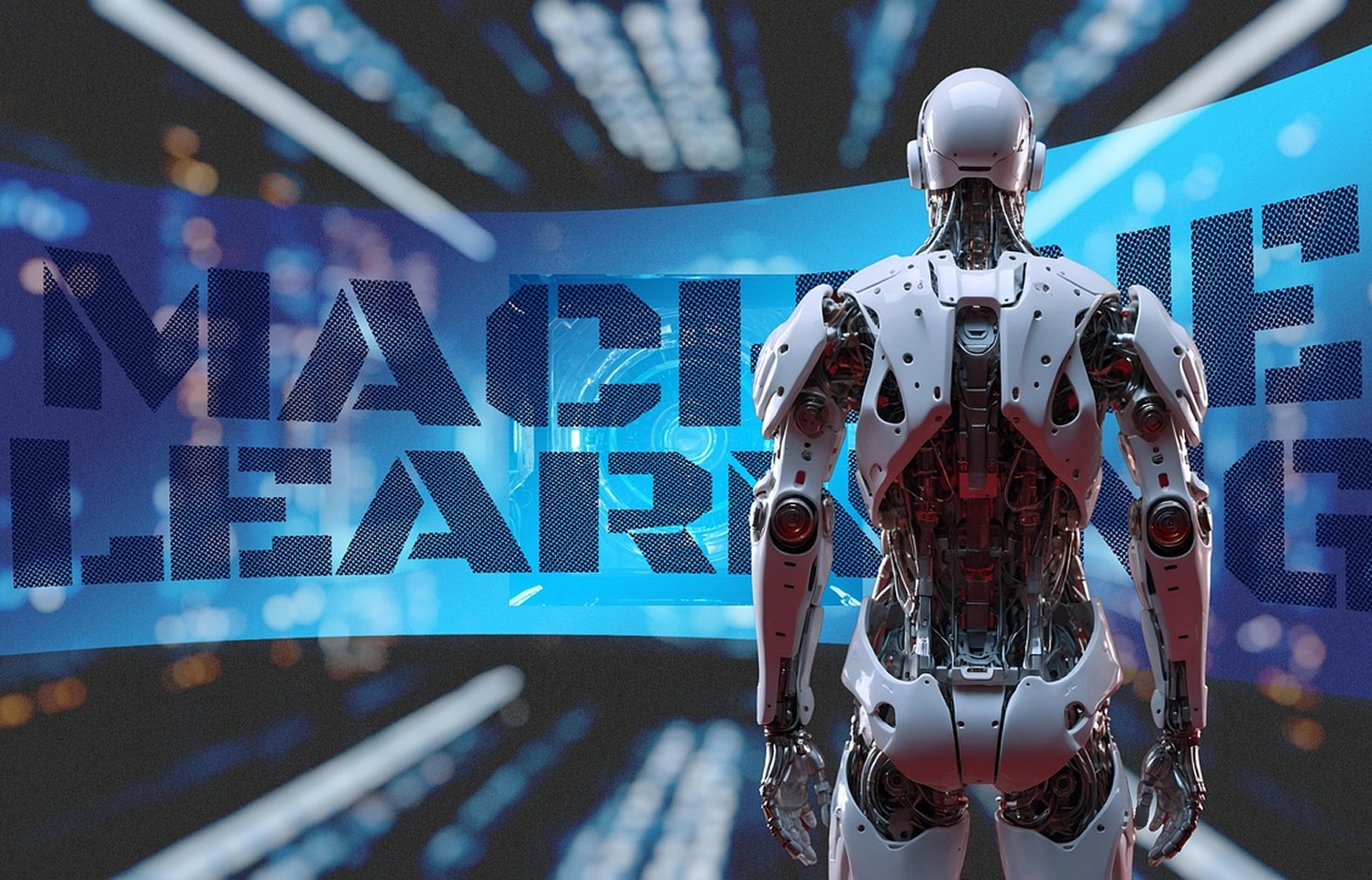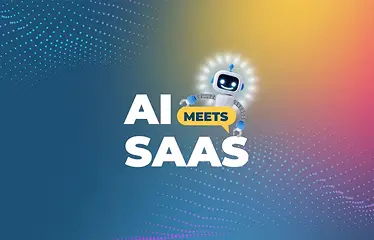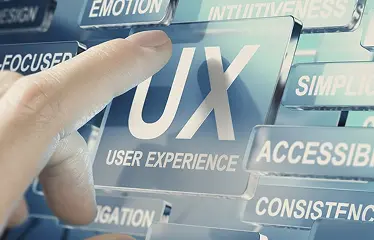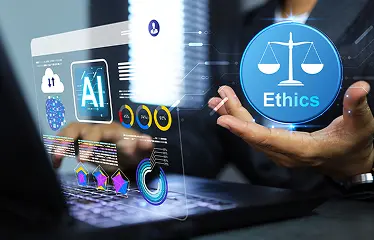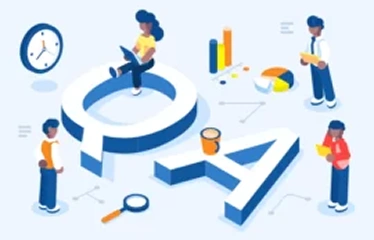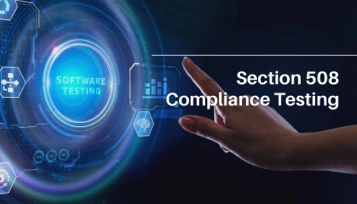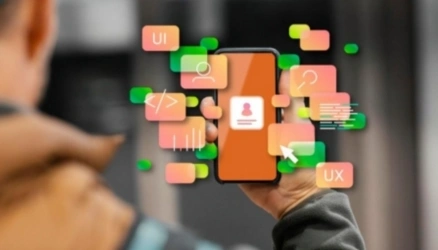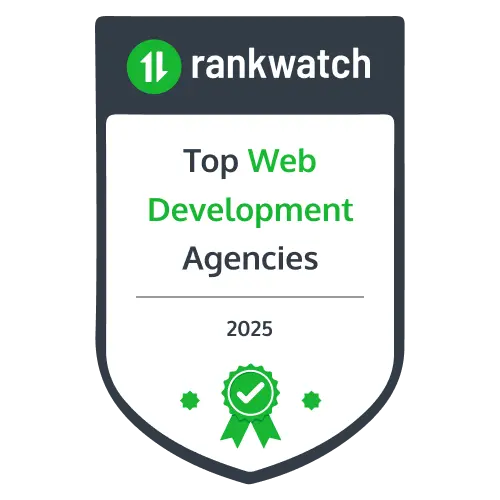The Rise of AI & Automation
1. AI-Powered Test Design
Tools like Cursor.com will go beyond simple code suggestions to generate complete test suites from natural language prompts. This shift could reduce test creation time by over 50%.
2. Self-Healing Tests
Self-healing platforms like Functionize and Autify will become mainstream, with tests adapting to UI changes in real-time—reducing test maintenance by up to 70%.
3. Intelligent Defect Prediction
AI will analyze historical bug data to predict defects before they occur, potentially cutting critical bugs by 40%.
4. Autonomous Testing
AI-driven agents will mature, performing end-to-end tests autonomously, especially within CI/CD pipelines, minimizing manual intervention.
5. AI-Assisted Visual Testing
Visual testing tools like Applitools Eyes and Percy will become essential, identifying subtle UI regressions that traditional methods often miss.
6. Real-Time Test Optimization
AI-powered orchestrators will allocate testing resources dynamically, optimizing test execution time by up to 20%.
7. AI-Driven Performance Testing
Load testing tools will integrate AI to simulate complex real-world load scenarios, improving performance feedback and system resilience.
The Evolving Role of the Tester
8. Strategic Quality Engineer
Testers will shift from script creation to strategic quality planning, focusing on quality across the entire Software Development Lifecycle (SDLC).
9. AI Tooling Expert
Mastering tools like Mabl, Testim, and Applitools will become crucial as testers navigate AI-powered platforms.
10. Customer Experience Advocate
Testers will focus heavily on user experience, incorporating customer feedback and usability insights into testing processes.
11. Data Analysis Powerhouse
QA will become more data-driven, with testers tracking key metrics to evaluate test effectiveness and software quality.
12. DevOps Collaborator
With TestOps becoming mainstream, QA teams will work alongside development and operations, ensuring seamless collaboration.
13. Ethical AI Guardian
QA professionals will play a critical role in ensuring AI systems are unbiased, fair, and ethically sound.
The Changing Testing Landscape
14. Shift-Left Testing Will Become the Norm
Shift-left testing will embed QA processes early in CI/CD pipelines, prioritizing early bug detection to reduce costly post-production errors.
15. Cloud-First Testing
Cloud-based testing solutions will dominate, offering scalable environments and greater flexibility for testing teams.
16. Microservices Testing
As microservices architectures grow, QA professionals will focus on testing the intricate interactions between microservices to ensure system reliability.
17. API-First Testing
API testing will become a priority, as backend services drive application performance and stability.
18. Integration Testing Mastery
QA teams will need to master end-to-end system testing, especially in hybrid and complex environments.
19. Accessibility Testing Mainstream
Ensuring compliance with accessibility testing standards (e.g., WCAG) will become non-negotiable, embedding inclusivity into the development process.
Tools and Technologies
20. No-Code/Low-Code Testing
Platforms like Katalon and Tricentis’s Tosca will empower non-technical users to create and execute tests, democratizing QA participation.
21. The Rise of Open-Source AI Tools
Expect a surge in open-source AI testing tools, providing affordable and customizable solutions for QA teams.
22. Specialized Tools for Specific Industries
Industry-specific testing tools will address unique needs in sectors such as fintech, healthcare, and e-commerce.
23. Unified Test Platforms
The trend will shift towards unified platforms that combine multiple testing capabilities, reducing the need for standalone tools.
24. Enhanced Mobile Testing
Cross-platform mobile testing solutions will advance, emphasizing real device testing for more accurate results.
The Impact on Business
25. Quality as a Revenue Driver
Companies that invest in strategic QA practices will see quality as a key driver of customer loyalty, retention, and revenue growth—projected to boost revenue by up to 20%
Embracing Change in QA
The future of QA will be defined by those who embrace change and adapt to new tools, methodologies, and strategic approaches. By leveraging AI-powered tools like Cursor.com, Functionize, and Applitools, and adopting frameworks like TestOps, QA professionals can not only keep pace but also lead innovation in software quality.
What are your predictions for QA in 2025?
We’d love to hear your insights. Join the conversation and share your thoughts on the future of QA!











